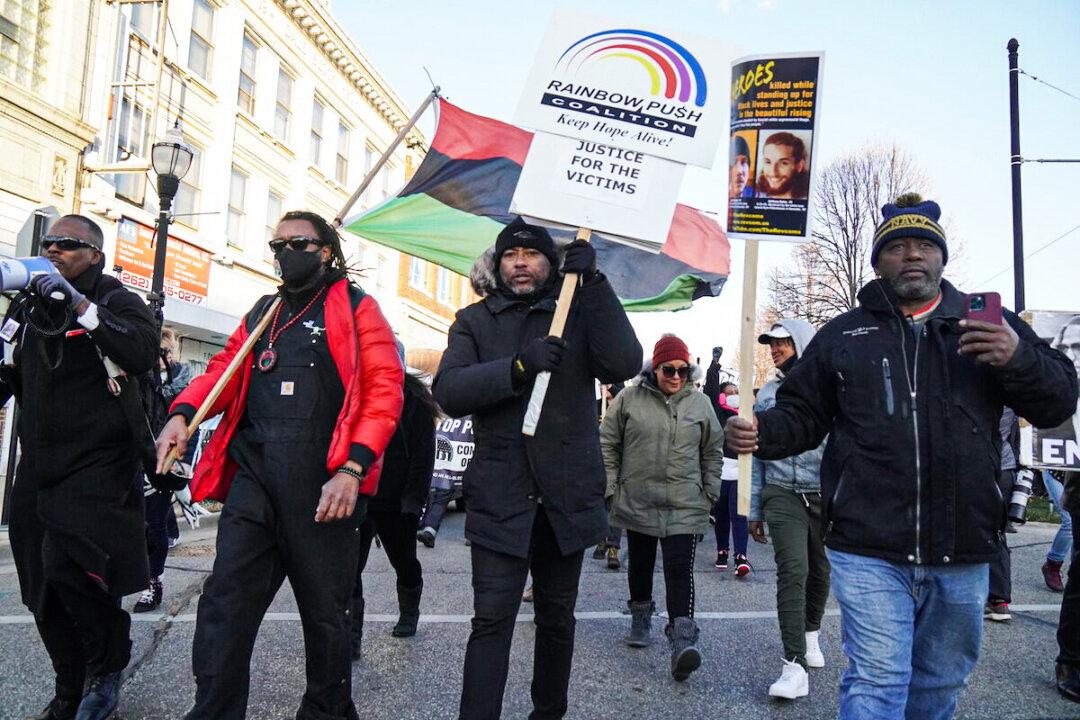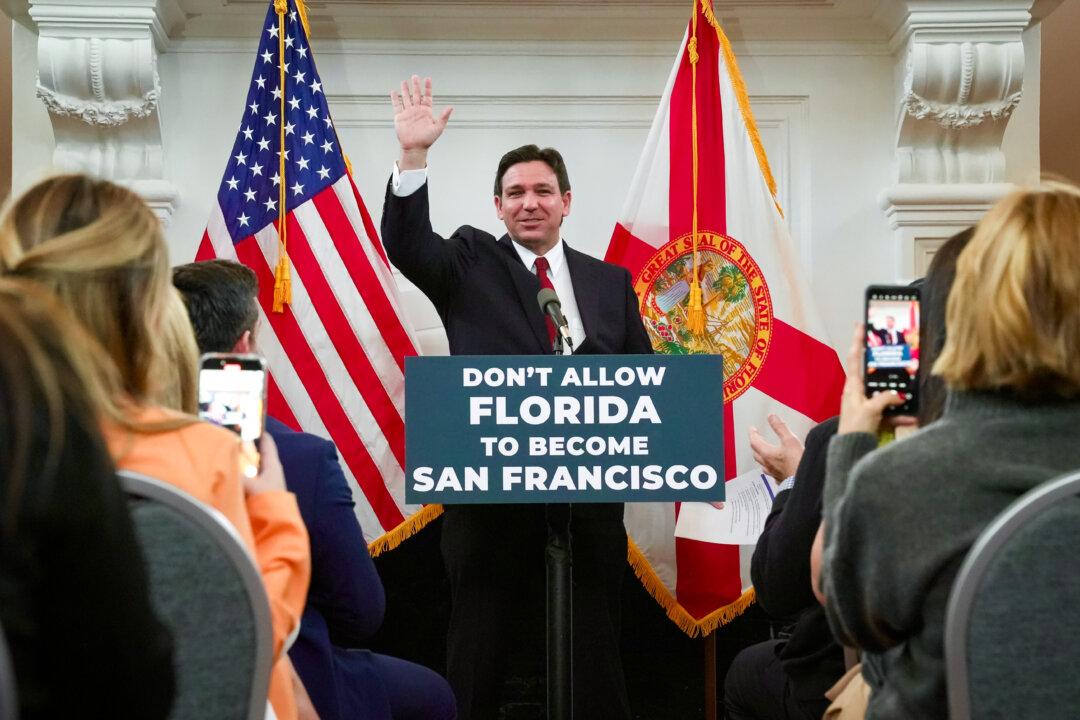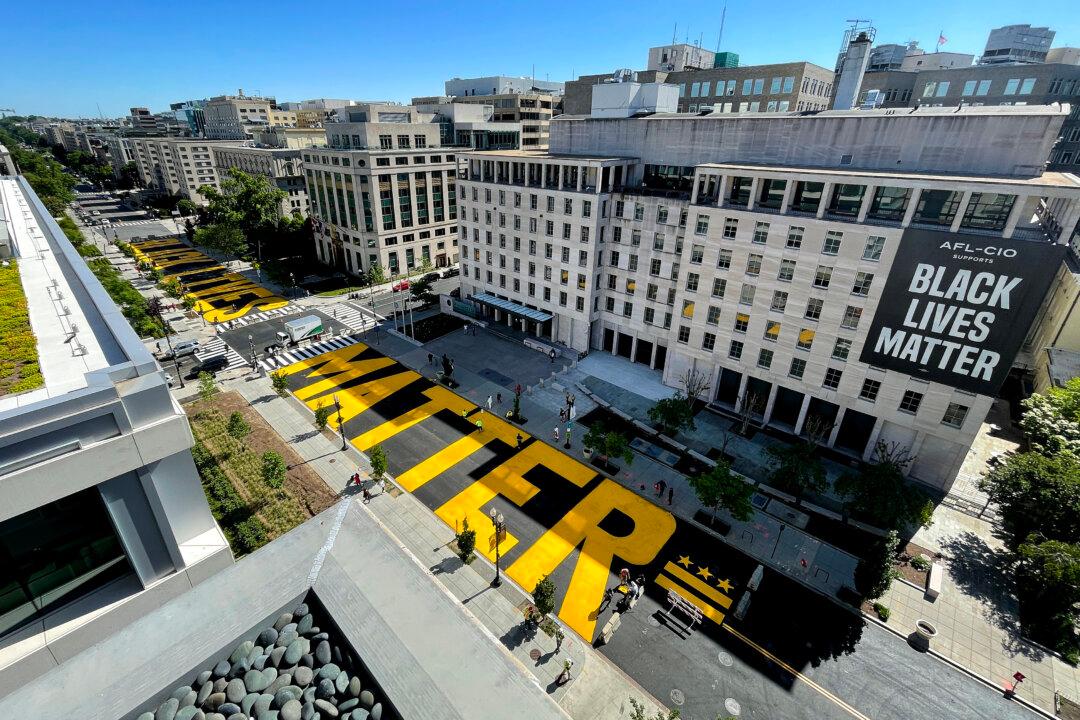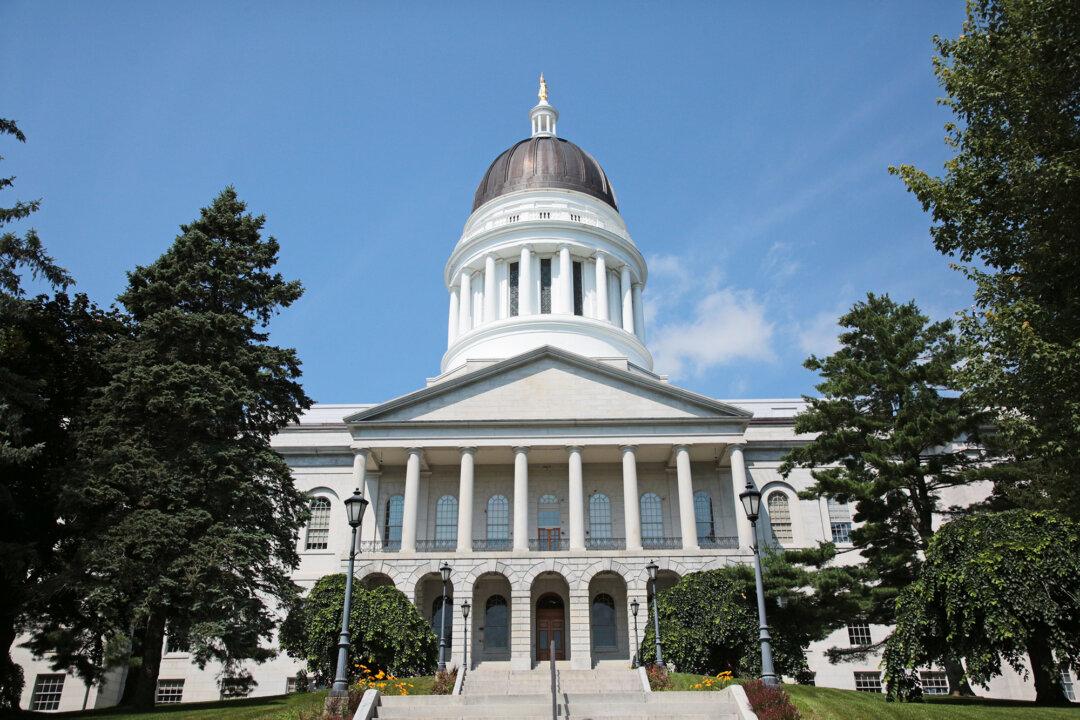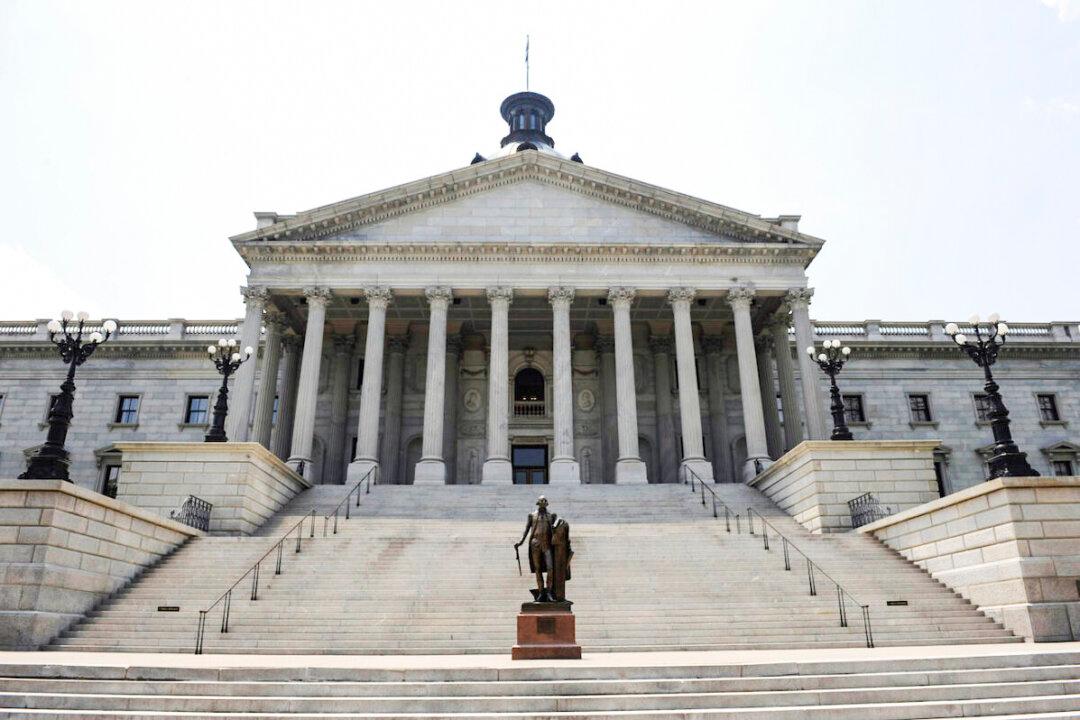Protesters opposed to Kyle Rittenhouse’s acquittal by jury marched today in Kenosha, chanting that they would “Take these [expletive] streets.”
At 2 p.m., the scheduled start for the protest, around 20 people were already standing in the main square in front of the courthouse. Eventually, a crowd of about 100 people had gathered. Most came from Chicago, Kenosha, and Racine.
